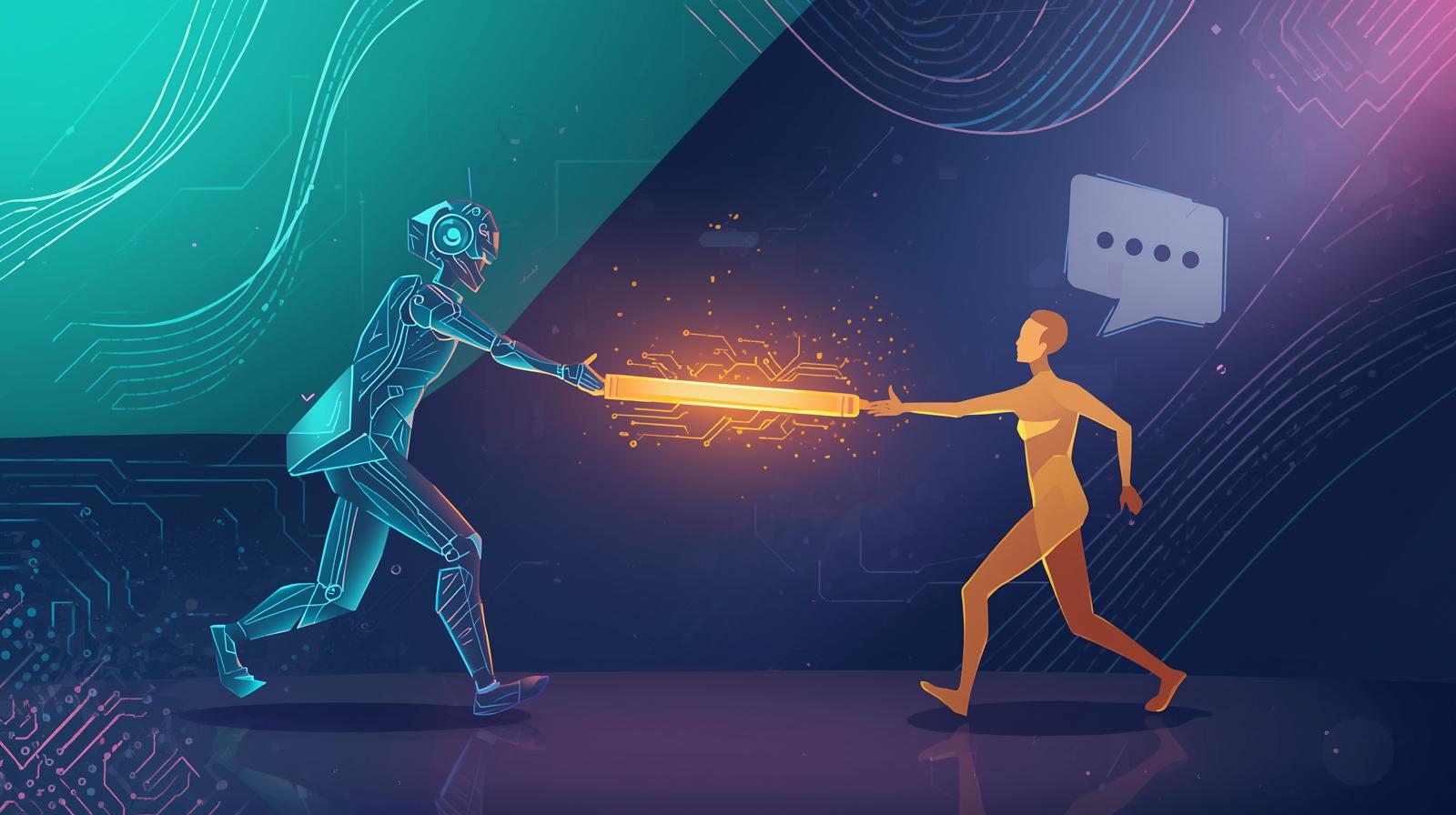Human-in-the-Loop vs. Fully Automated Guest Messaging
Finding the Balance Between Speed, Empathy, and Brand Voice in Hotel Communication
The way hotels communicate has changed forever. WhatsApp, SMS, and web chat have become the new front desk — always on, always accessible. Automation now handles everything from booking confirmations to late check-out requests. But as hotels move deeper into AI-powered communication, a crucial question emerges:
How much should be automated, and how much should remain human?
The answer isn’t a simple either/or. It’s a continuum — and where your property falls on that line can shape not just your operational efficiency, but also the heart of your guest experience.
The Case for Full Automation
Automation is compelling for good reason. In an industry where every second counts and staffing is tight, automated messaging offers real, measurable advantages.
- Speed: Guests receive answers in seconds, 24/7.
- Scalability: A single system can manage hundreds of conversations at once.
- Consistency: Every response is accurate and aligned with your brand tone.
- Data: Every chat contributes to insights about guest behavior and needs.
For high-volume properties — city hotels, resorts, or multi-property brands — automation can be a game-changer. It keeps information flowing smoothly: check-in details, Wi-Fi passwords, parking info, and restaurant hours. Guests get what they need fast, and staff are free to focus on service rather than repetitive typing.
But the story doesn’t end there.
The Limits of Going Fully Automated
Hospitality is built on human warmth. And while machines can replicate language, they still struggle to replicate empathy.
When a guest reaches out, it’s rarely just for information — it’s for connection. Maybe their flight was delayed. Maybe they’re worried about accessibility for a parent, or they just need a friendly confirmation that everything’s ready.
That’s where fully automated systems hit their limits:
- Tone mismatch: A neutral or robotic response can feel cold at the wrong moment.
- Complex situations: Not everything fits into a predefined template.
- Lost nuance: Context can turn a “simple” question into a moment of truth.
For example: “I’m traveling with my elderly father, can we get a room near the elevator?”
That’s not a data point. It’s a request for care — one that demands human understanding.
Why Human-in-the-Loop Works
A Human-in-the-Loop (HITL) approach bridges technology and empathy. It’s not about choosing between AI and staff — it’s about blending their strengths.
In this model, AI handles the predictable. It replies instantly to standard questions, collects guest preferences, and routes requests to the right team. Humans step in when judgment, warmth, or creativity are needed.
Think of it as a relay team: the AI starts the race; the human finishes it with grace.
- AI handles routine: Check-in hours, booking confirmations, upgrade offers.
- Humans handle emotion: Special requests, complaints, or anything that needs a personal touch.
The result is a system that runs fast, feels natural, and scales gracefully — without losing the human essence of hospitality.

How to Build a Hybrid Messaging Workflow
Creating an effective human–AI collaboration requires intention. The best hotels treat it like designing an experience, not just installing software.
1. Define escalation rules.
Set clear triggers for when AI should hand over — for example, emotional language, unclear intent, or VIP status.
2. Train staff on digital tone.
Even human replies should sound like your brand. Consistency builds trust.
3. Use AI to learn from the best.
Feed the system with strong real-life examples of human messages. Over time, it will mirror your tone more naturally.
4. Measure quality, not just quantity.
Track satisfaction and resolution rates, not just response times.
5. Review weekly.
Analyze conversations where humans added the most value. Then, adjust automation boundaries accordingly.
The Results of Getting It Right
Hotels that master this balance report impressive outcomes:
- Response times cut by 40–60%.
- Higher guest satisfaction and review sentiment.
- More upsells, because recommendations feel personal, not scripted.
- Reduced staff burnout, as teams focus on meaningful moments instead of endless FAQs.
The goal isn’t to replace people with bots — it’s to give people superpowers.
The Bottom Line
Automation delivers efficiency. Humans deliver emotion. Hospitality demands both.
A Human-in-the-Loop strategy ensures technology never overshadows what makes hotels special — genuine connection. It allows you to meet modern expectations for speed without losing the warmth that keeps guests coming back.
Because in the end, a guest won’t remember how quickly you replied.
They’ll remember how you made them feel.